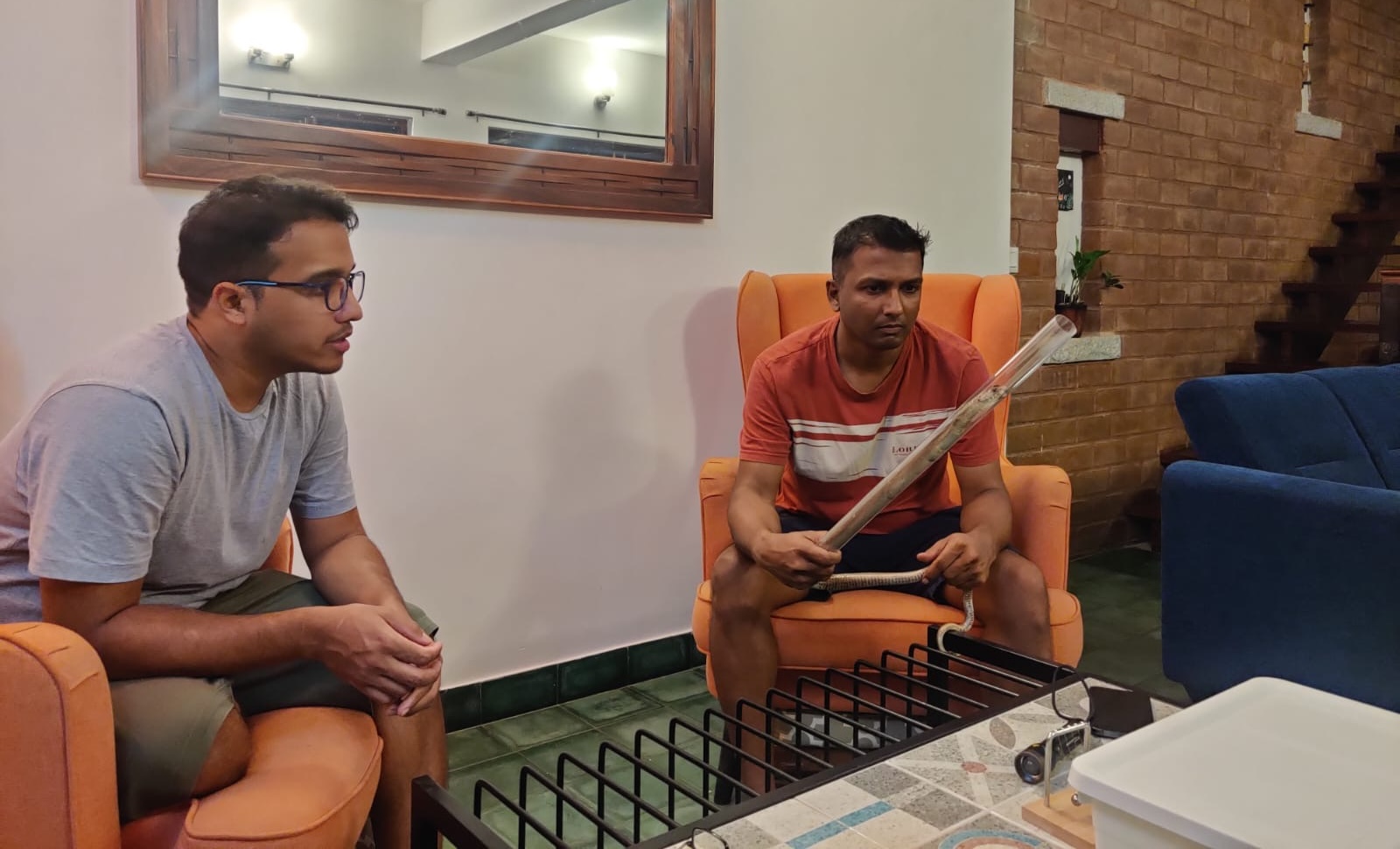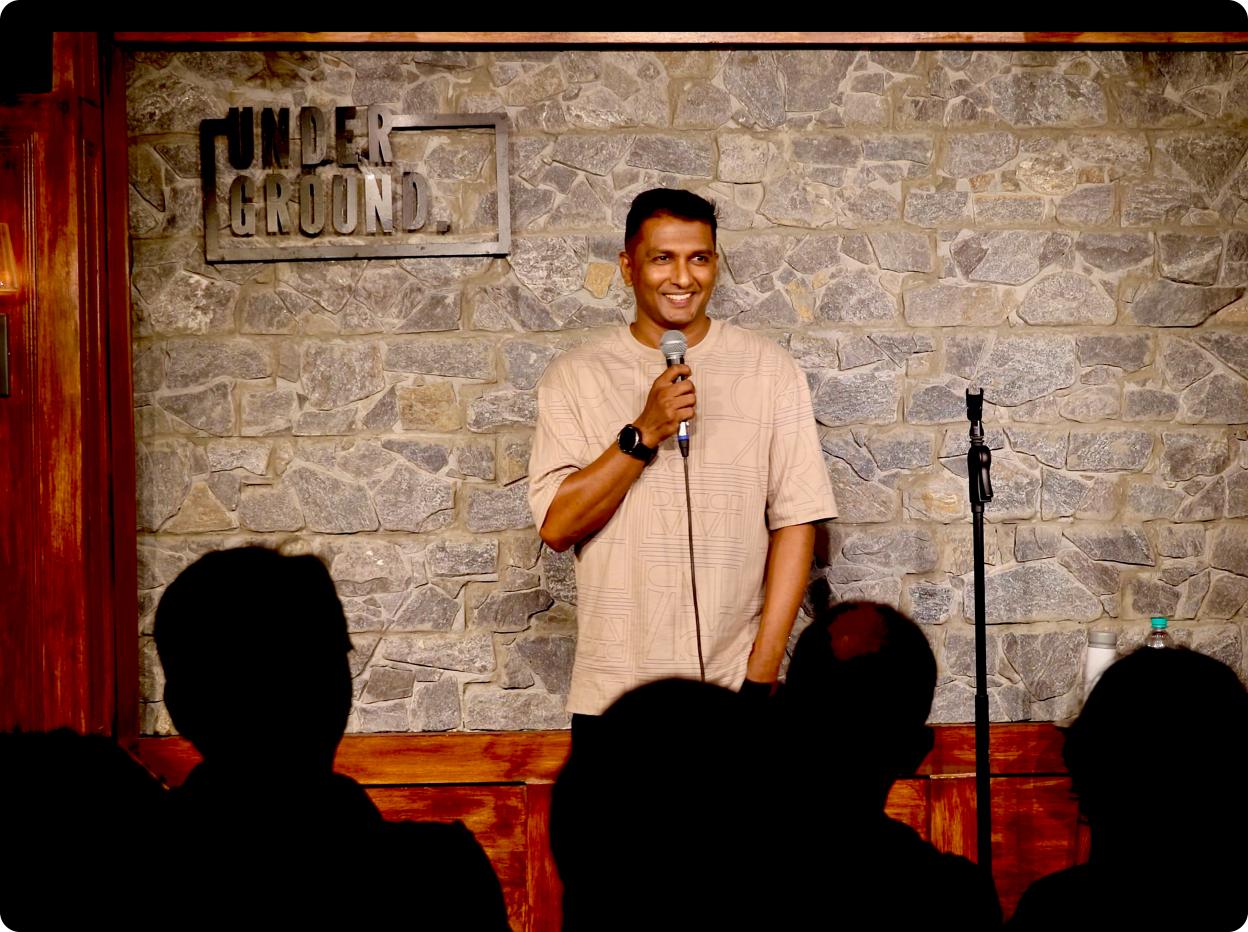India’s latest obsession isn’t Bollywood or cricket—it’s blink-and-you’ll-miss-it grocery deliveries. Platforms like Swiggy Instamart, Zepto, and Blinkit promise groceries within 10 minutes. What started as a convenience has turned into an addiction, with some users ordering single lemons or milk packets instead of stepping out. But beneath this seemingly harmless tap-to-buy culture lies a mess of unintended consequences—exploited delivery workers, collapsing kirana stores, and a public safety hazard on our roads.
Let’s unpack the true cost of this hyper-convenient lifestyle—and what needs to change.
When Convenience Turns to Complacency
Instant delivery was designed for emergencies. But what’s being delivered isn’t insulin or baby formula—it’s chips, cold drinks, and sometimes even gold coins.
According to Swiggy’s 2024 data, 1 in every 15 Instamart orders was just for milk. Zepto saw users placing multiple orders every day. Many even spent over ₹20 lakh a year through these apps. The psychological appeal? Instant gratification. Why plan ahead when your app is faster than your legs?
But this convenience is breeding impatience. Psychologists warn that such behavior reduces our ability to delay gratification and makes us impulsive shoppers. What used to be a walk to the local store is now a dopamine hit from your doorstep.
Speed Thrills, but Also Kills (and Exploits)
Behind your 10-minute delivery is a rider, likely overworked, underpaid, and often at risk. India’s gig economy thrives on this fragile model. Riders earn per delivery, and delay penalties are often disguised through reduced order assignments and customer ratings.
The result? A mad rush on two wheels.
- In Bengaluru, police booked 17,000+ violations in a week from delivery agents—mostly for speeding, riding on pavements, or checking their phones mid-ride.
- Hyderabad reported 8 rider deaths in six months due to delivery-related crashes.
- Riders often juggle multiple orders, use one hand to check directions, and even get calls from anxious customers while navigating traffic.
Globally, the story isn’t much different. Berlin’s Gorillas riders went on strike over poor conditions. In New York, “15-minute delivery” ads were banned due to safety concerns. Yet in India, time guarantees continue, and riders bear the risk for your convenience.
Kiranas: Dying a Slow Death
India’s 13 million+ kirana stores—once the lifeline of every neighbourhood—are in trouble. A 2023 report suggested that over 2 lakh kirana stores shut down, unable to match the prices, discounts, and convenience of quick-commerce giants.
These small stores offer credit, familiarity, and employment—but they can’t afford to burn cash like VC-funded platforms. While some are adapting by partnering with aggregators, the scale of disruption is alarming. What’s at stake isn’t just business—it’s local livelihoods and community economy.
Our Roads Aren’t Meant for this Race
The 10-minute delivery model is physically unsustainable. Riders are pushed to break traffic rules, drive recklessly, and multitask on their phones. Safety takes a backseat, quite literally.
We are creating a system where a rider might risk his life just to ensure your banana arrives before your smoothie blender stops spinning. Is that really needed?
India vs the World: A Quick Comparison
| Factor | India | Global |
| Speed | 10–15 min promises (Zepto, Blinkit) | 10–20 min in urban areas (Gorillas, Getir), now relaxing |
| Worker Status | Gig-based, pay-per-order, minimal protection | Mix of gig and employed riders, some protests led to regulation |
| Local Retail Impact | 2 lakh+ kirana closures (2023) | NYC bodegas and EU corner shops faced pressure but showed resilience |
| Safety Issues | Massive traffic violations, fatalities | Similar concerns led to city-level bans and restrictions |
India’s market is more aggressive and less regulated. Global cities are stepping back from ultrafast promises. Maybe it’s time we did too.
What Do We Really Need in 10 Minutes?
We don’t need mangoes in 10 minutes—we need ambulances (this thought requires a whole new post). The logistics muscle powering snack deliveries could be used to strengthen emergency services, especially in tier-2 and tier-3 towns. It’s a sobering contrast: your chips come faster than a doctor.
Time for a Mindshift: What Needs to Change
- Consumers: Ask yourself—can it wait? Club orders. Support your kirana. Don’t berate a rider for being five minutes late.
- Platforms: Remove punishing time guarantees. Promote safety incentives. Give riders fair pay and rest time.
- Governments: Enforce road safety rules, limit dark stores in residential zones, and regulate predatory pricing.
- Urban Designers: Create walkable cities. If essentials are nearby, people won’t need a delivery bike for every task.
- Civic Culture: Celebrate slightly slower living. Fast isn’t always better—sometimes it’s just reckless.
Instant delivery is a marvel of modern tech. But we must stop treating it like a lifestyle upgrade and start seeing it for what it is—a ticking clock with consequences.
Let’s save our urgency for what truly matters. Maybe instead of a faster packet of chips, what we need is a slower, safer, and saner society.




